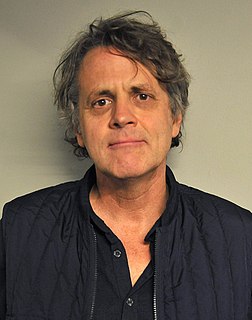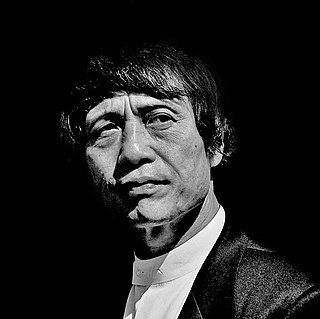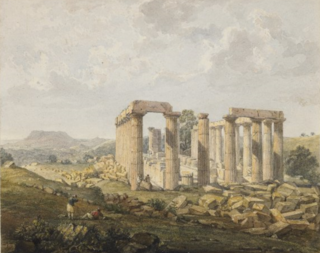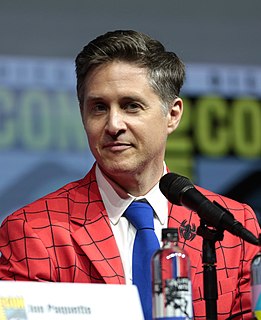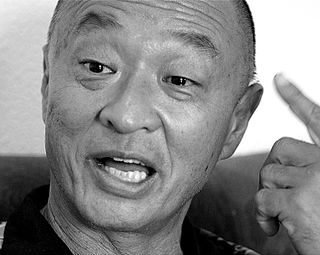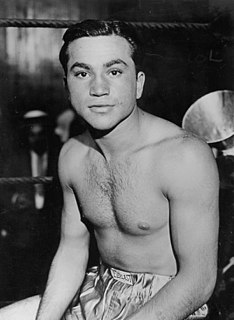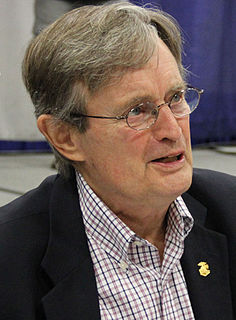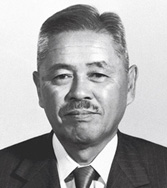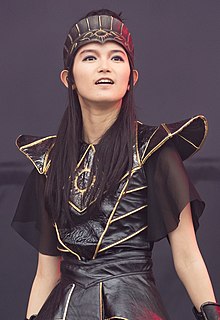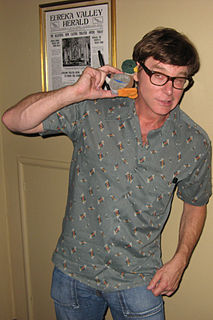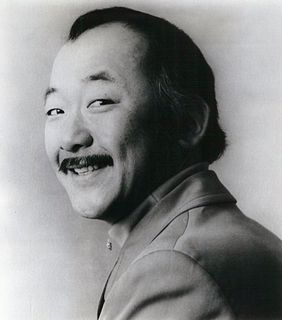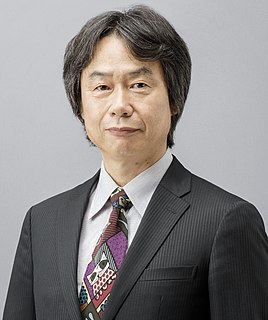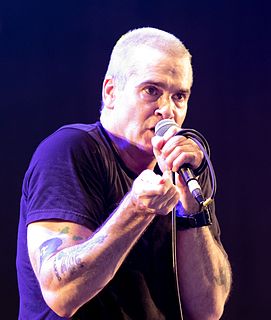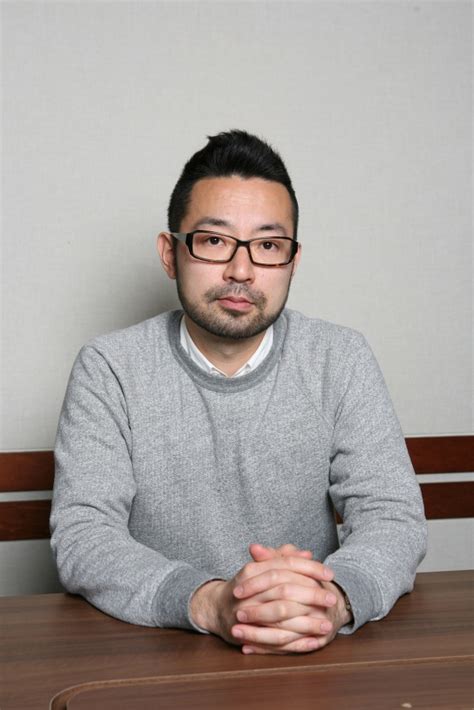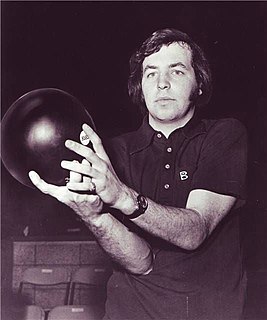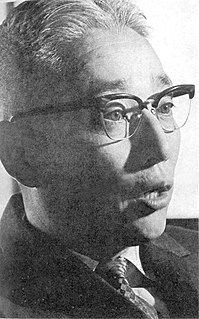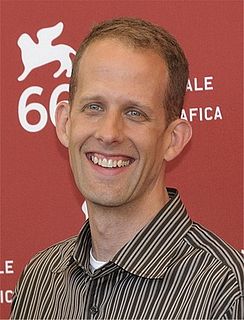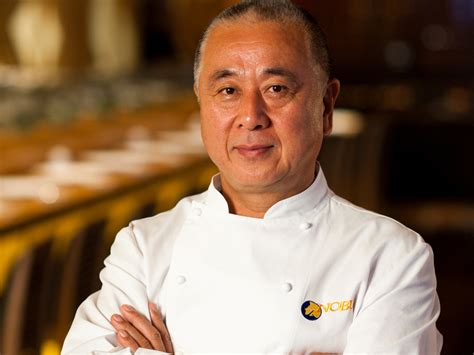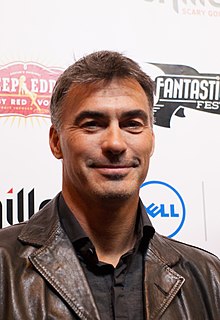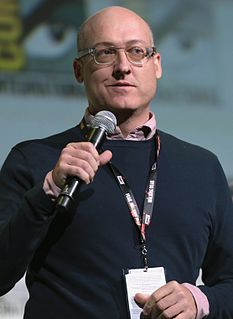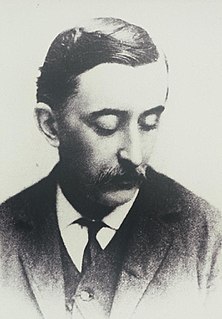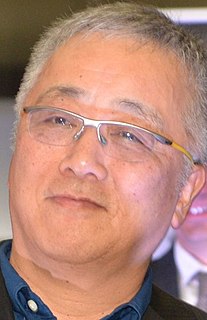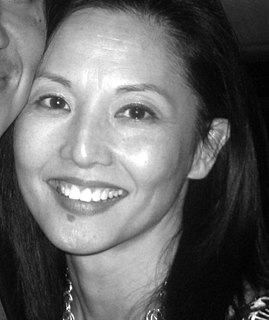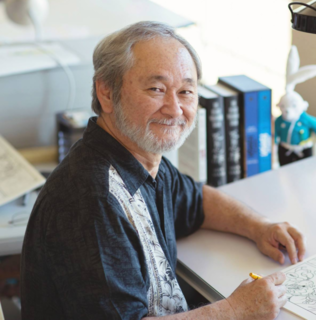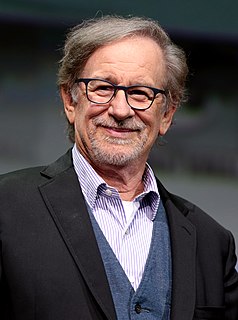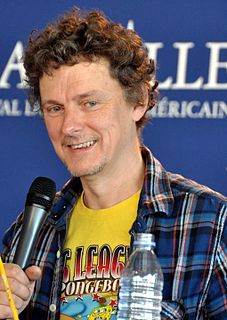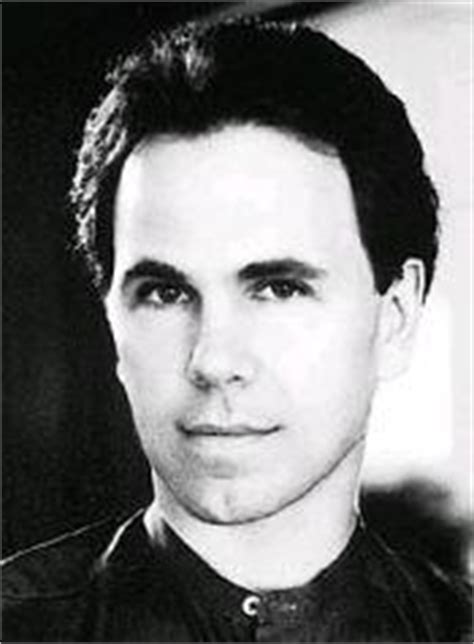Top 1200 Japanese Animation Quotes & Sayings - Page 3
Explore popular Japanese Animation quotes.
Last updated on April 16, 2025.
Very often people who live in a ghetto accept some of the stigmatisation against them. I mention the case of a Japanese minority the Burakumin, which was pure Japanese in descent, but which was concerned with dirty work: leather work, cadavers, and some other things.There was a famous story of an old man who asked: 'Do you yourself believe you are the same as the Japanese?' And the outsider said: 'I do not know, we are dirty.' This kind of conscience was never there in the surroundings in which I lived. One always felt as someone whom could be proud of, being both German and Jewish.
My grandmother lived under Japanese colonial rule until she was nine. Korea, still united and whole, was colonized in 1910. During this period of forced occupation, Japanese teachers taught Korean students how to view the world through their imperialist language, their history, their foreign tongue.
Animation remove you from a visual reality - if it was live action, you wouldn't be able to see through the person's mind. But animation takes a step away. It creates a very stylized landscape, but at the same time it is the form that is best able to address the reality of being alive and being in pain.
I love doing animation - mainly because you get to over-act. They're always saying "more," "louder," "bigger," "huger" and you just turn it lose. Plus, doing animation voiceovers, I have learned so much, and it's always good in your career to discover something you didn't know, and to learn to do things differently. So it's a fascinating experience.
If you're sitting in your minivan, playing your computer animated films for your children in the back seat, is it the animation that's entertaining you as you drive and listen? No, it's the storytelling. That's why we put so much importance on story. No amount of great animation will save a bad story.
What do I mean when I say 'suspended animation'? It is the process by which animals de-animate, appear dead and then can wake up again without being harmed. OK, so here is the sort of big idea: If you look out at nature, you find that as you tend to see suspended animation, you tend to see immortality.
In some ways, I feel like the strength of animation is in its simplicity and caricature, and in reduction. It's like an Al Hirschfeld caricature, where he'll use, like, three lines, and he'll capture the likeness of someone so strongly that it looks more like them than a photograph. I think animation has that same power of reduction.
Japanese train signs, station signs, are really representative of the Japanese mind to me, because it always has the station where you are, the station you were previously at, and the station that is the next station. When I came to New York, I was very confused. It just doesn't say where I was and where I was going. But I realized after a while probably most people don't need to know what station you were previously at. But I think it's just some weird Japanese mentality that we need to know, we need to connect the plot.
I'm surrounded by a lot of live-action movie professionals, and I'm just taking their lead, as far as what to schedule to do next. I'm guessing the challenge is going to be not having two characters together, and shooting the live-action without having the animation. In animation, you get to get in between every frame and you work it all out together.
I recently wrote a piece on comics in architecture - I was talking about the three kinds of comics I pay attention to: the Franco-Belgian, the Japanese manga, and the American comics. I started thinking about the relationship between Japanese manga and Japanese architecture, or Franco-Belgian bande dessinée versus Franco-Belgian architecture, it began to make sense; there are parallels to the modes of operations and the cultures they belong to. If I didn't force myself to write, I would have no forum to clarify these thoughts. Writing is really helpful.
Approximately 400 cuts - that would make 25 percent of the total - use CGI. I worked on the Steamboy's animation production based on the usual handwriting method. Digital animation is just supplementary. I didn't do anything surprising, because the idea is to overcome the limitation of expressions done by handwriting with the help of CGI.
My mother, she's the one who's gifted with language. She can speak Japanese, of course, Tagalog, which is a Filipino dialect, Spanish as well as English. And I speak a little bit Japanese because I've had the opportunity to work alongside Japanese people. And a little bit of German, a little bit of Portuguese because of work. A little bit of French because of work. But then, if you asked me to carry-on an everyday conversation, I would fail miserably.
I try to make a really good spy movie, so the animation has to be good. 'Bot Seeks Bot' was one of my lighter and more playful ones, so it can survive not being visually told as well. I did have some issues with the quality of the inking on some of the animation, but a lot of that will only ever bother me.
I think animation is a very truthful way to express your thoughts, because the process is very direct. That's what I've always liked about animation, particularly abstract animation. You go from the idea to execution, straight from your brain. It's like when you hear someone playing an instrument, and you feel the direct connection between the instrument and his brain, because the instrument becomes an extension of his arms and fingers. It's like a scanner of the brain and thought process that you can watch, or hear.



